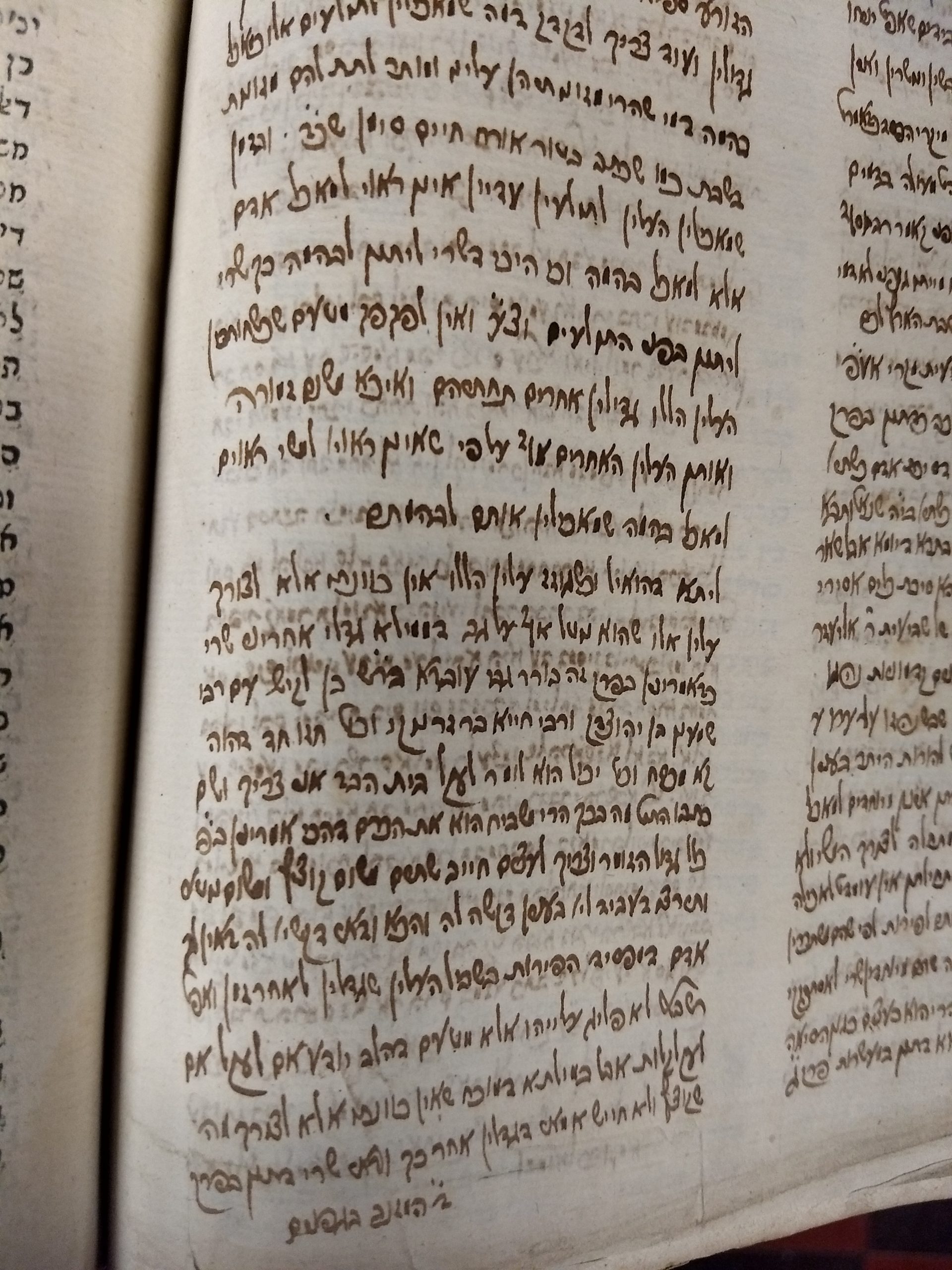

The text is a gothic script in Latin and German, with rubrics and decorative initials dividing the text into smaller parts. 13) that was produced in the now-ruined Abbey of Malmesbury, England, in the early fourteenth century. Due to the vivid image, an illiterate peasant could understand the link between the fox and the Devil, who tricks and ensnares his victims as well. The scavenging birds are deceived by the appearance of blood, and are immediately killed by the fox on approach. Here, a fox has rolled itself in red mud to appear blood-stained. The fox, for example, is still frequently described as a deceitful and untrustworthy animal, which is also illustrated in the Rochester Bestiary (folio 26v).
.jpg)
Some of the characteristics bestiaries assigned to particular animals are still widely known. While they were presumably passed off as facts, bestiaries were almost always wildly wrong: the animals’ behaviour was exaggerated and their characteristics were frequently allegorised to reflect Christian morals.

The physical characteristics of each animal were usually described in just a few lines, followed by an often lengthy tale to reveal its behaviour. Descriptions of animals were sometimes bound together in gorgeous compendiums, of which the thirteenth-century Rochester Bestiary ( British Library, Royal MS 12 F. It was believed that animals were given particular characteristics by God to teach humans good conduct and proper faith. The expensive gift, therefore, was a method to regain trust and return to the ‘good books’ of his king, in addition to saying thanks for not stripping him of his privileges and rank, and especially his life!ĭuring the Middle Ages, animal stories were immensely popular throughout Europe. So why would anyone invest in such an expensive book in that time and age? Except for the obvious reasons of displaying prestige and wealth, this manuscript was commissioned for King Henry VI by Sir William Herbert to express his gratitude for being pardoned for his former alliance with the Yorkists. Moreover, the detailing in the miniatures points to a labour-intensive production, adding to the manuscript’s worth. Because the illustrations of both the miniatures and foliated initials were executed in a wide variety of colours and adorned with gold, the manuscript must have cost a small fortune to produce. Yet, this manuscript may have been even more impressive for the fifteenth-century audience when it was initially composed (additions were added in early sixteenth-century). 66v), demonstrates that a manuscript can easily be considered beautiful and imposing by contemporary standards on account of the colourful illustrations. This page, from a copy of John Lydgate’s Troy Book ( British Library, Royal MS 18 D II, f. The two illustrations indicate the Labour of the Month (reaping) and the zodiac sign of July (Leo). These were used to locate Sundays and the date of Easter using complicated formulas. On the left is a column of Roman numerals (the Golden Numbers), and a column of letters (the Dominical Letters). For example, July 2 would be VI Nonae Julius: the sixth day before Nonae of July. The reference day itself counted as the first day. The dates are ordered according to the extremely confusing ancient Roman system of counting back from named reference days: Kalendae, the first day, Nonae, the fifth or seventh, and Idus, the thirteenth or fifteenth.

Almost every day commemorates a saint or an event in the life of Christ this can be seen in the column on the right. Where we refer to the dates by number, in the Middle Ages people referred to dates by their specific religious significance. The medieval calendar looks quite a bit different from our modern one. It’s part of the illustrated calendar at the beginning of the manuscript and shows July. Folio 4r, above, is a perfect example of that. The Taymouth Hours ( British Library, Yates Thompson MS 13) is famous mainly for its extensive illumination.


 0 kommentar(er)
0 kommentar(er)
